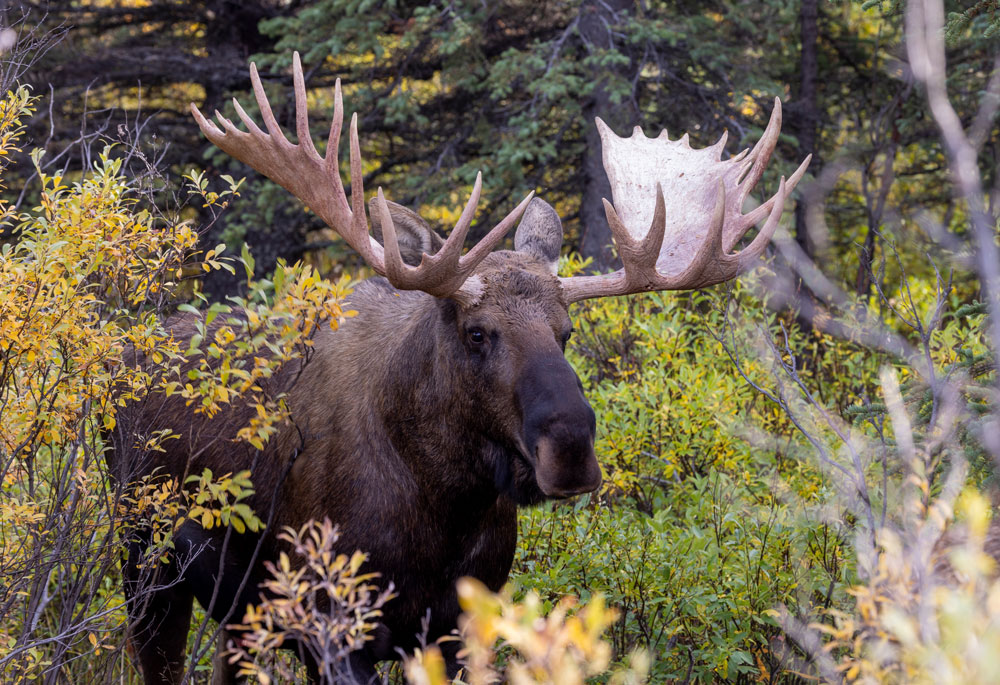The Canada or western/eastern moose (Alces alces andersoni and A. a. americana) is slightly smaller than its Alaskan cousin but still an impressive animal. Mature cows may weigh up to 545 kg (1,200 lb) and bulls close to 750 kg (1,650 lb). Moose have long legs, a pronounced hump at the shoulder, an overhanging upper lip and a dark coat that varies from blackish to dark brown. Bulls grow broad, palmated antlers each summer; the antlers begin growing in April, harden by mid‑July and the velvet is shed in early September.

Moose hunting in Canada is managed by provincial quotas and seasons. Most hunts occur in late summer and early fall during the rut, when bulls respond to cow calls and antler scraping; some provinces also offer late winter or early spring seasons. Hunters typically travel by canoe, boat or all‑terrain vehicle to bogs and cut‑overs, calling from shorelines or along logging roads to attract bulls. Because moose inhabit the boreal forests across all provinces and territories except Prince Edward Island, hunting opportunities range from Newfoundland’s bogs to British Columbia’s timbered valleys. Success depends on understanding moose habitat preferences and being prepared for unpredictable weather.
Canada supports four moose subspecies—Alaska/Yukon, shiras, western Canada and eastern Canada—and populations are managed through habitat conservation and regulated harvest. Moose favour areas of new growth created by logging and forest fires and depend on mineral licks during spring and summer. Habitat loss, vehicle collisions, winter ticks and predation by wolves and bears can locally reduce numbers. Licensed hunting plays a key role in funding management and provides meat to Indigenous and rural communities. Cultural traditions such as potlatch ceremonies emphasise respect for the animal and its habitat.
Moose diet varies seasonally; in winter, they browse twigs of balsam fir, birch, aspen and willow, while summer diets include leaves and aquatic plants. They use mineral licks containing high concentrations of salt in swamps and springs. During the rut, bulls create wallows and splash urine on their bell (dewlap); cows sniff this pheromone cue to synchronise ovulation. Calves are born after a gestation of about 230 days and hide in secluded places while the cow forages. Moose are a symbol of Canada and appear on provincial coats of arms; they provide important subsistence resources for Indigenous Peoples.
Canadian Moose can be found in the following location:
Canadian Moose has the following variations:
- (Varieties to be confirmed)
Start Your Adventure



